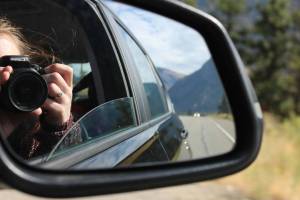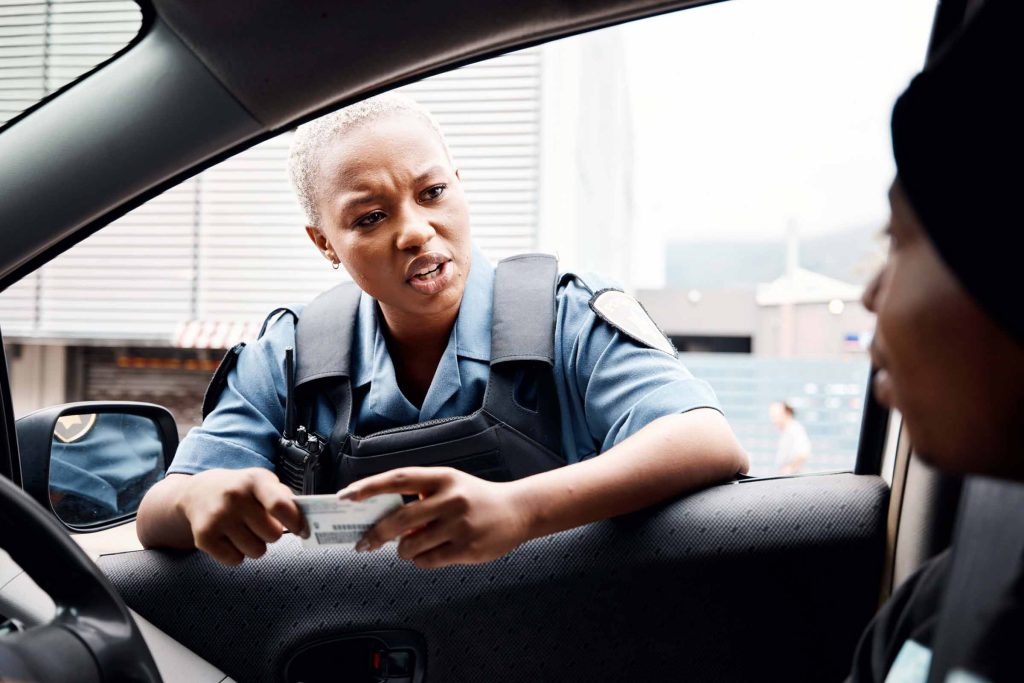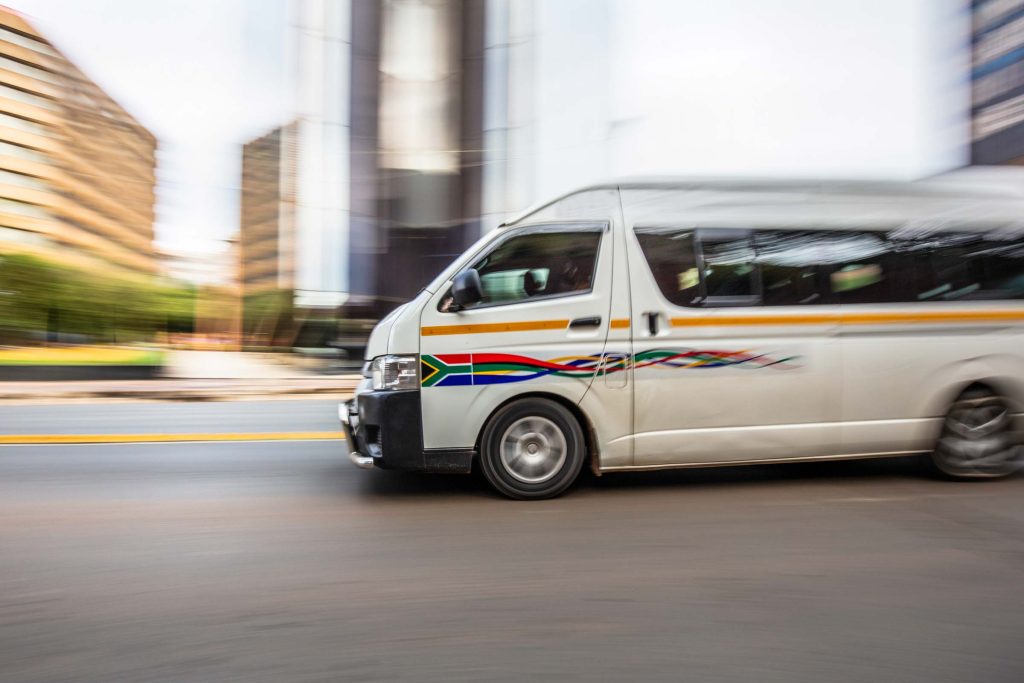
5 Road Trips to Enjoy Over Easter Weekend 2025
Easter Weekend is one of South Africa’s most popular times for adventurous getaways, with local...
 14 April 2025
14 April 2025 
Driving in South Africa can be an exciting adventure, offering a chance to explore all corners of our country’s incredible landscapes and vibrant cities. However, to ensure a safe and pleasant journey, it’s essential to understand and practice proper driving etiquette.
Here are some tips to help you navigate local roads safely and responsibly, whether you’re in your own vehicle or cruising in a rental from Drive South Africa. Read on to get all the information.

Photo: Getty
No matter where you go in the world, there are some rules of the road that could simply be considered “common sense”. Let’s take a look at some South African examples.
South Africa has strict traffic laws designed to keep everyone safe. Always obey speed limits, traffic signals, and road signs. Speed limits vary depending on the area: 60 km/h in urban areas, 100 km/h on rural roads, and 120 km/h on highways.
In South Africa, you drive on the left-hand side of the road. This means you should stay in the left lane unless overtaking. Passing is done on the right, and it’s crucial to use your indicators to signal your intentions to other drivers.
Pedestrian crossings, especially in urban areas, are common. Always yield to pedestrians at zebra crossings and be mindful of people crossing the road, particularly near schools and shopping centers.
Signaling your intentions clearly is a fundamental aspect of driving etiquette. Use your indicators when changing lanes, turning, or overtaking. This helps other road users understand your movements and react accordingly.
Keeping a safe distance from the vehicle in front of you is crucial to avoid collisions. The general rule is to maintain at least a two-second gap in good conditions, increasing it in adverse weather or heavy traffic.
Traffic congestion and delays are part of driving, especially in busy cities like Johannesburg and Cape Town. Stay calm and patient, avoiding aggressive behavior such as tailgating or excessive hooting. Courtesy goes a long way in ensuring a smooth flow of traffic – even though we know you really don’t want to do minibus taxi drivers any favours.
If you hear sirens or see flashing lights, move to the left to allow emergency vehicles to pass. It’s a legal requirement and a crucial part of driving etiquette that can save lives.
Roundabouts (circles) are common in South Africa. When approaching a roundabout, yield to traffic coming from the right. Enter the roundabout when it’s safe and indicate your exit to inform other drivers of your intentions.
Be mindful that in some places, like Johannesburg, many locals use roundabouts differently. Instead of following the above guidelines, drivers may treat roundabouts as four-way stop streets. If you arrive first, you go first.
Minibus taxis are a prevalent mode of transport and can be unpredictable. They may stop suddenly to pick up or drop off passengers. Give them space and be extra cautious around them to avoid accidents – and remember that they are packed with passengers who also need to get home to their families.
In rural areas, you might encounter wildlife or livestock on the roads. Reduce your speed and be prepared to stop. Hitting an animal can cause severe damage and injuries, both to the animal and to you. Goats are particularly dangerous as their movements can be unpredictable.
Using a mobile phone while driving is illegal unless you have a hands-free device. Distracted driving is a significant cause of accidents, so keep your focus on the road. Your car rental from Drive South Africa might even feature Apple CarPlay or Android Auto.
When parking, ensure you are not blocking driveways, pedestrian pathways, or access points. In cities, use designated parking areas and avoid parking in restricted zones. Yellow and red lines are generally no-go zones.

Photo: Getty
Driving at night requires extra caution. And, with the constant threat of loadshedding, many South African roads are poorly lit. Use your headlights appropriately, dip your high beams when approaching other vehicles, and watch out for pedestrians and animals that are harder to see in low light.
At a four-way stop, the first vehicle to arrive has the right of way. If two vehicles arrive simultaneously, the one on the right proceeds first. This system relies on courtesy and clear signaling. If you hesitate, another driver might jump the queue.
Road conditions in South Africa can vary. In rural areas, you might encounter gravel roads or potholes. Drive cautiously, adjusting your speed to the road conditions, and always have a spare tire and emergency kit on hand. Also ensure that you are equipped with the right insurance waiver for South African roads.

Photo: Getty
Practicing good driving etiquette in South Africa ensures not only your safety but also the safety and comfort of other road users. By following these tips and being mindful of local customs and rules, you’ll enjoy a pleasant and hassle-free driving experience.
If you’re ready to hit the road, use our helpful booking tool at the top of this page to find your perfect rental vehicle from Drive South Africa. We have all kinds of vehicles available, ranging from compact hatchbacks to luxury SUVs. Whatever you need, we’re on hand to provide world-class service.